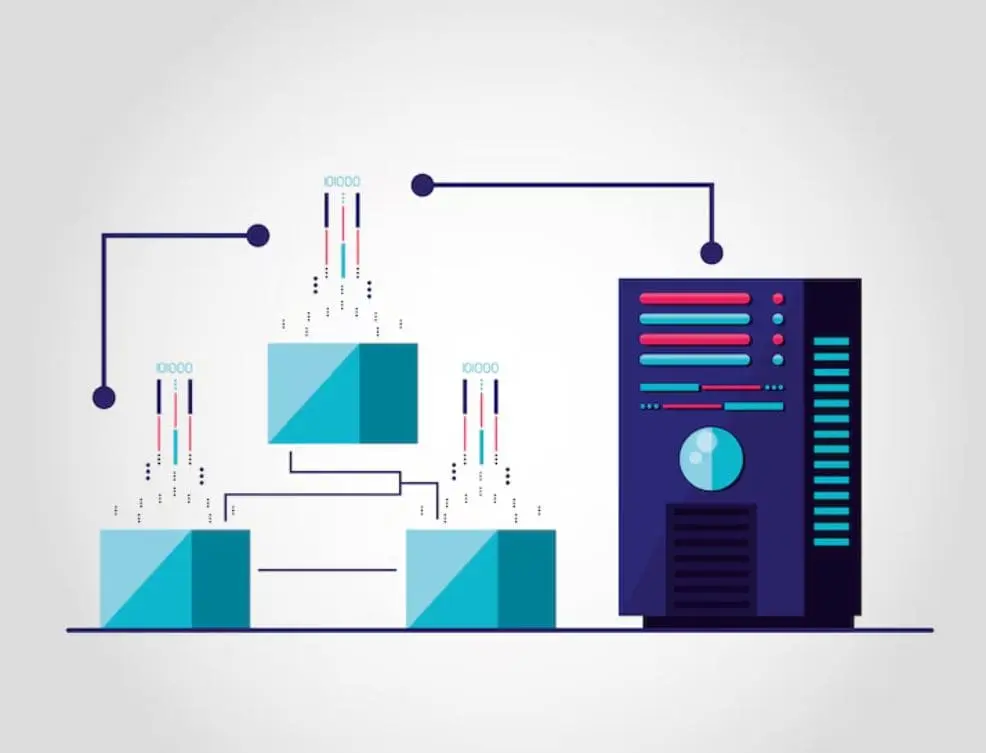Mainframe systems are the center of mission-critical operations across industries. However, their increasing entanglement with modern applications has escalated operational complexity. This complexity, if unmanaged, becomes fertile ground for risk, risk that manifests as service disruptions, compliance failures, and reputational damage.
Enterprises are awakening to the realization that legacy stewardship demands more than reactive maintenance. What’s required is a structured, risk-sensitive model of Application Management Services (AMS) that not only sustains core operations but fortifies them against volatility.

Understanding Operational Risk in Mainframe Environments
Operational risk, particularly in mainframe ecosystems, is often an undercurrent, quiet yet catastrophic when triggered. A dwindling skilled workforce, aging codebases, siloed operations, and the perennial fear of unplanned outages fuel it.
Legacy applications, while robust, can become brittle when changes are ungoverned or undocumented. The cumulative risk affects not only day-to-day continuity but also regulatory alignment and customer experience. Every unscheduled outage, failed update, or security lapse creates an erosion of trust and uptime credibility.
What Is a Structured Mainframe AMS Model?
A structured AMS model is an engineered approach to managing and evolving mainframe applications with minimal risk exposure. Unlike ad-hoc maintenance methods, this model functions within a formalized framework that orchestrates people, processes, and technology.
At its core, it comprises:
- Governance Structures that define ownership, risk thresholds, and escalation matrices.
- Automation and Toolchains that streamline repetitive tasks and enforce standardization.
- Talent Strategy that includes skill augmentation, cross-skilling, and knowledge continuity.
- SLA Management that aligns business outcomes with operational KPIs.
This structure transforms the AMS function from a tactical necessity into a strategic risk mitigator.
Risk Reduction Through Proactive Incident Management
One of the linchpins of operational risk reduction is the ability to foresee and neutralize disruptions before they materialize. Structured AMS employs event correlation engines and predictive analytics to anticipate incidents based on system behaviors.
Instead of fire-fighting, teams leverage dashboards that highlight deviation patterns and anomalies in real time. As a result, Mean Time to Resolution (MTTR) is slashed, and root cause analysis becomes less of a post-mortem and more of a prevention mechanism.
Proactive incident handling ensures that business operations remain resilient even when stress-tested.
Change and Release Management as Risk Mitigators
Uncontrolled changes are the nemesis of system stability. A structured AMS model embeds rigor into the change lifecycle through tiered approvals, automated testing, and rollback frameworks.
Releases are no longer ad hoc—they are orchestrated events with pre-release validations and post-deployment monitoring. The result: zero-defect deployments that uphold both stability and agility.
This discipline protects the sanctity of production environments and fosters a culture of calculated audit-ready change.
Leveraging Automation to Eliminate Human Error
Manual interventions, while sometimes necessary, are error-prone and unscalable. Structured AMS introduces automation not as an efficiency lever alone, but as a safeguard against human fallibility.
Intelligent runbooks can autonomously execute recovery steps. Job scheduling tools can ensure that interdependent processes run in harmony without collisions. AI-powered anomaly detectors can raise red flags even before thresholds are breached.
This orchestration of automation not only eliminates the risk of oversight but also accelerates resolution times and enforces policy adherence.
Ensuring Continuity Through Knowledge Retention and Transition Planning
Attrition and retirement pose existential threats to institutional knowledge. A structured AMS model neutralizes this risk by embedding knowledge capture as a core tenet.
Runbooks, SOPs, application landscapes, and known-issue repositories are centrally maintained. Role-based documentation ensures continuity even when transitions are abrupt. Shadowing programs and reverse mentoring help transfer tacit knowledge to newer custodians.
Metrics-Driven Governance for Continuous Risk Mitigation
Risk cannot be managed in abstraction. Structured AMS enforces a culture of metrics, operational KPIs, SLA adherence rates, incident trends, and system health indices.
These data points are continuously monitored, reviewed in governance cadences, and used to recalibrate priorities. More importantly, audit trails are maintained to meet regulatory scrutiny, ensuring that compliance isn’t a retrospective panic but an ongoing assurance.
Such transparency doesn’t just inspire confidence, it institutionalizes resilience.
Conclusion
Operational risk in the mainframe realm is both an inevitability and an opportunity, inevitable in its potential, yet avoidable in its impact. The adoption of a structured Mainframe AMS model redefines the relationship between legacy operations and risk management.
By embedding governance, automation, and foresight into the heart of application management, enterprises transform their mainframes from cost centers into centers of control. In doing so, they not only shield their present but also safeguard their digital future.


